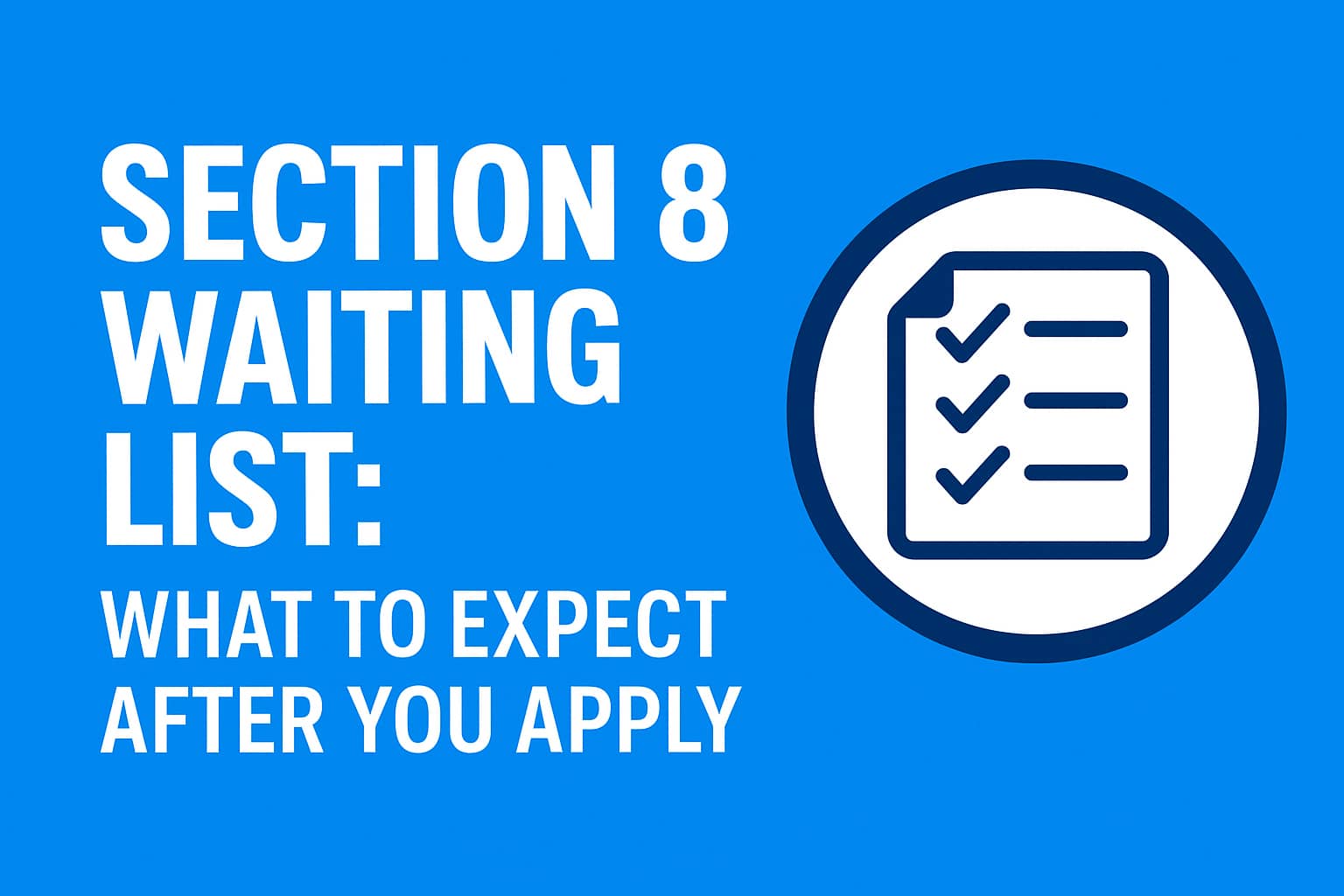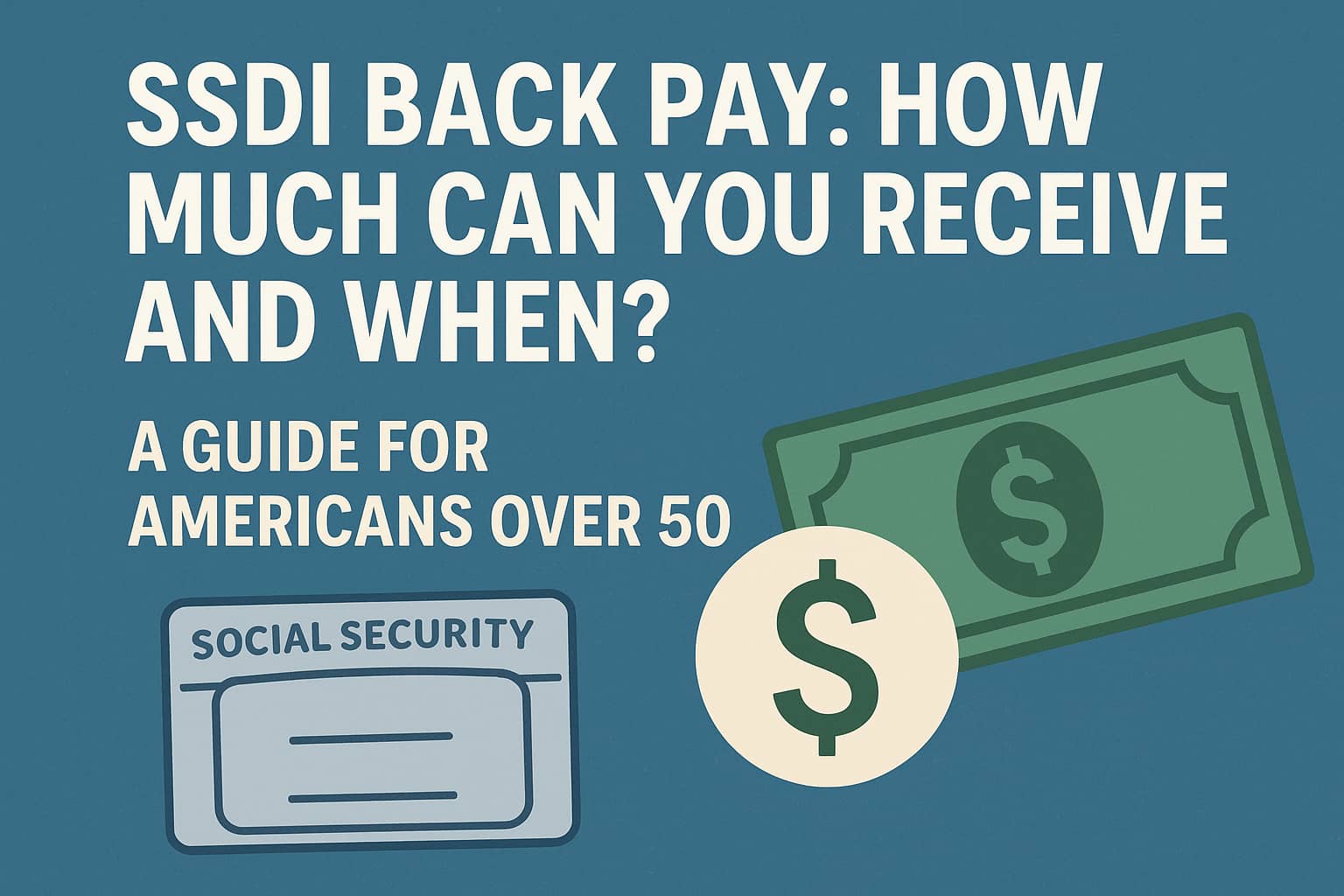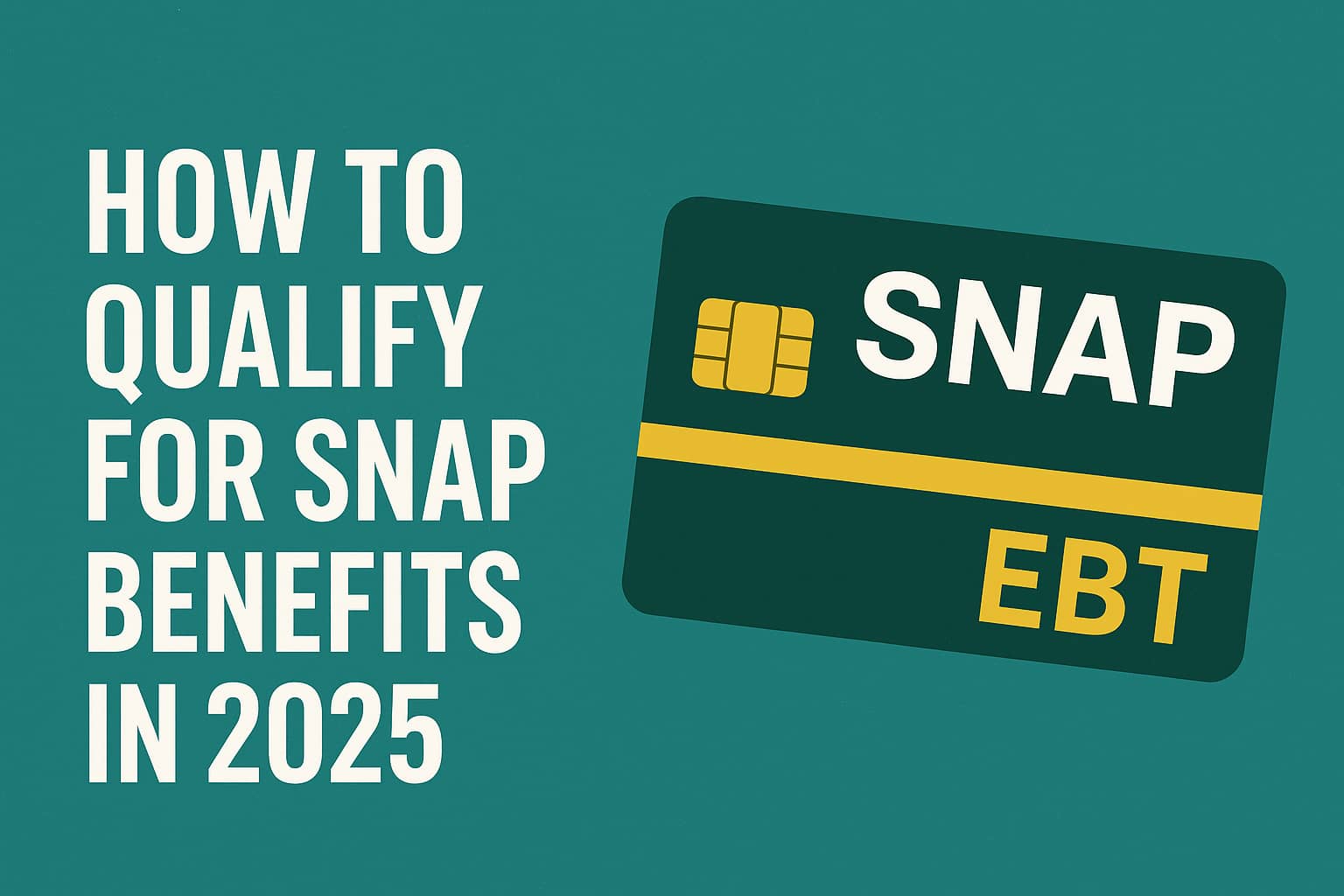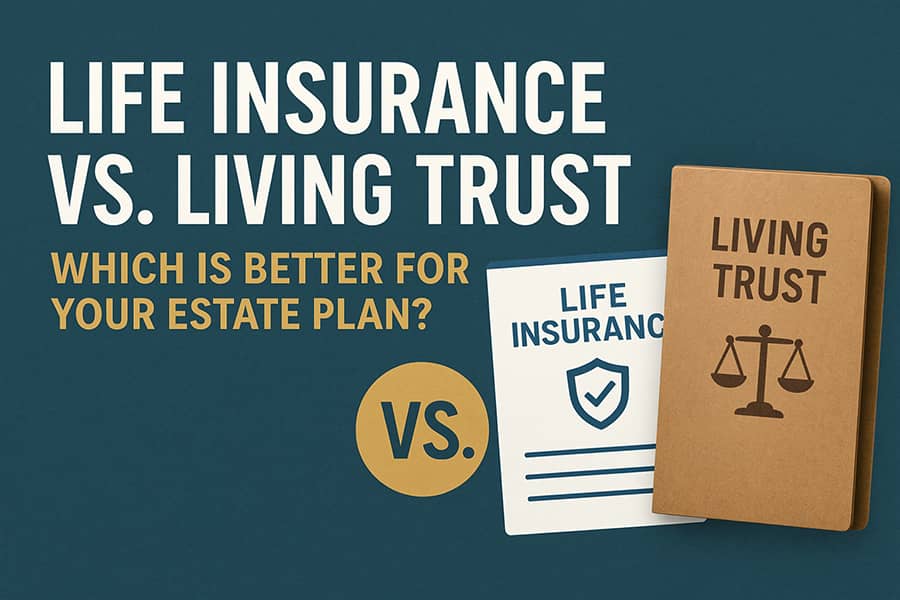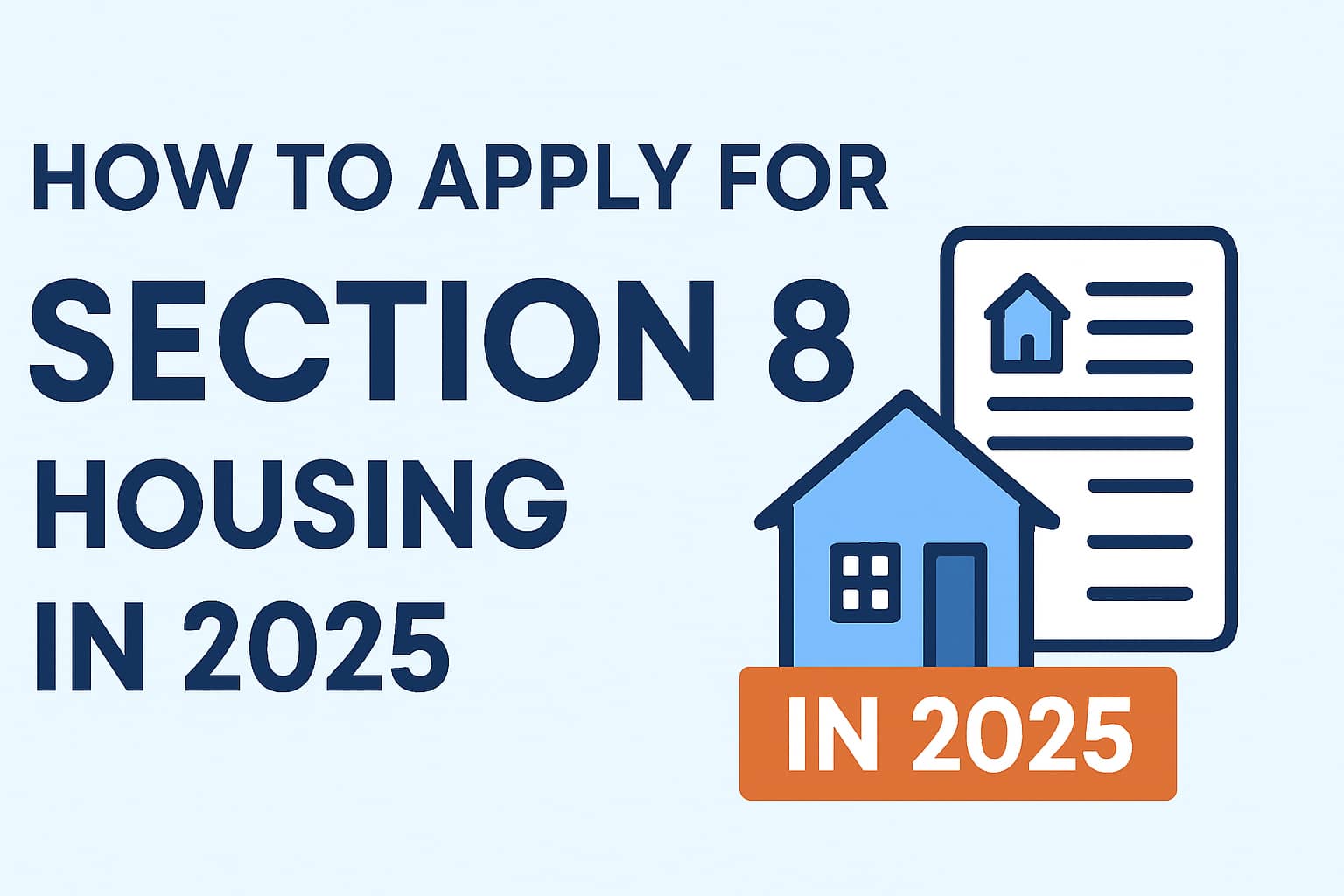
How to Apply for Section 8 Housing in 2025 – Complete
September 27, 2025
Section 8 (officially the Housing Choice Voucher—HCV—Program) helps low-income families, seniors, and people with disabilities pay for rent in privately owned homes. You apply through your local Public Housing Agency (PHA); because funding is limited many PHAs maintain waiting lists and open them only occasionally. This guide walks you through eligibility, documents, exactly how to apply, what to expect, and smart tips to improve your chances in 2025.
1) What is Section 8 / the Housing Choice Voucher (HCV) program? (short explanation)
- The HCV program gives eligible households a voucher that pays part of monthly rent directly to the landlord; the household pays the remainder. The program is federally funded by HUD but run locally by PHAs. HCV is the main federal rental assistance program and helps millions of families.
- Two common types:
- Tenant-based vouchers (typical “Section 8 voucher”) — assistance follows the household and can be used with any qualifying private rental unit whose landlord accepts vouchers.
- Project-based vouchers (PBV) — subsidy is attached to specific units in certain buildings; if you take a PBV unit the subsidy stays with the unit (not the tenant).
2) Who is eligible? (high-level rules)
- Income: most PHAs use HUD income limits based on Area Median Income (AMI). Typically a household must be at or below very low income (about 50% of AMI) — some PHAs prioritize extremely low income (30% of AMI) for a percentage of slots. Always check your local PHA’s rules.
- Citizenship/residency: applicants must be U.S. citizens or eligible non-citizens and live in the jurisdiction of the PHA where they apply.
- Other rules: PHAs screen for criminal history, household composition, and prior subsidy misuse. Able-bodied adults without dependents (ABAWDs) may have work requirements. Specific preferences (e.g., for seniors, disabled, veterans, homeless) vary by PHA.
Bottom line: eligibility is determined locally. Check your PHA’s website for the exact income cutoff and preference rules.
3) Before you apply — quick checklist & preparation
Gather these documents ahead of time (requirements vary by PHA, but this list covers nearly everything most agencies ask for):
- Photo ID (driver’s license, state ID) for all adult household members.
- Social Security numbers/cards for all household members (or proof you’ve applied).
- Birth certificates for children.
- Proof of income (last 4 pay stubs, Social Security/SSDI award letters, pension statements, unemployment notices).
- Bank statements and proof of assets.
- Proof of current address (lease, utility bill).
- Proof of expenses you want counted (medical bills for seniors/disabled, childcare receipts, childcare provider statements).
- Household composition documents (court papers, custody papers).
Many PHAs publish a document checklist — for example NYCHA and other city PHAs post detailed acceptable-document lists. Bring both originals and copies.
4) Step-by-step: How to apply in 2025
Step 1 — Find your local PHA.
- Use HUD resources or USA.gov to locate and contact the PHA for the city/county where you want rental help. You must apply to the PHA that serves the area where you currently live (or to which you want to move if they have separate rules for non-residents).
Step 2 — Check if the waiting list is open.
- Many PHAs keep a waiting list. Some lists are closed for years, and when they open they may accept applications for a short window and then run a lottery. Don’t assume the list is open — check the PHA website or call. News coverage shows agencies sometimes receive hundreds of thousands of applications when lists open.
Step 3 — Complete the application.
- Most PHAs let you apply online, by mail, or in person. Follow the PHA’s specific application carefully — some PHAs require a short preliminary form first. Only one application per household is usually allowed.
Step 4 — Submit required documents and verify identity/income.
- After the PHA accepts your application they will request supporting documents. Provide complete proofs quickly — delays can result in removal from a waitlist.
Step 5 — Interview and eligibility verification.
- If selected from the waitlist, you will be scheduled for an eligibility interview (phone or in-person). The PHA will verify income, assets, household composition, and eligibility. Be honest and thorough.
Step 6 — Voucher issuance and searching for housing (tenant-based).
- If approved, the PHA issues a voucher and explains how long you have to find a unit (often 60–120 days; rules vary). Landlords must accept vouchers and the unit must pass a Housing Quality Standards (HQS) inspection. Once the lease is signed and the PHA approves rent reasonableness, the PHA pays the subsidy directly to the landlord.
5) Waiting lists: expectations and realistic timeline
- Long waits are common. Demand far exceeds supply; many regions have years-long waiting lists or freeze lists entirely until funding or turnover frees vouchers. Some big PHAs get hundreds of thousands of applicants when they open a window.
- Selection method: PHAs use lotteries, date-order, or priority preferences (e.g., homelessness, disability, veterans). Even if the list is “open,” selection can be random — follow instructions exactly.
- Keep contact info current: if you move or fail to respond when contacted, you may lose your place. Many PHAs require periodic confirmation to stay on the list.
6) Portability — can you use the voucher elsewhere?
Yes. Tenant-based vouchers are portable: you can move to another PHA’s jurisdiction as long as that PHA administers Housing Choice Vouchers. Porting requires paperwork and coordination between the initial PHA and the receiving PHA. (Project-based vouchers are not portable.) Read HUD’s portability guidance and ask your PHA about the exact steps.
7) Project-based vs Tenant-based: which matters to you?
- Tenant-based voucher: you find a private landlord who accepts vouchers and move; assistance follows you. More mobility, but you must find a landlord willing to rent to voucher holders and meet HQS.
- Project-based voucher (PBV): the subsidy is tied to a specific property or unit. You apply for a PBV property’s waiting list and if selected you move into that unit — but the subsidy stays with the unit if you move later. PBVs are often tied to specific affordable housing projects.
8) How the subsidy is calculated (simple version)
- PHAs use Payment Standards (based on Fair Market Rents and family size) to calculate the subsidy. Usually the tenant pays 30% of adjusted income toward rent; the voucher covers the rest up to the PHA’s payment standard and reasonable rent. PHAs also check rent reasonableness compared to similar unassisted units. Exact calculations vary by locale. See your PHA for the payment standard in your area.
9) Common reasons for denial or removal
- Income above limits (or misreported income).
- Failure to provide required documents or participate in the interview.
- Serious criminal history or prior subsidy fraud/eviction for cause.
- Failure to respond when the PHA tries to contact you.
If denied, you have a right to appeal/request a hearing — follow the PHA’s notice instructions.
10) Special considerations for seniors and people with disabilities
- PHAs commonly provide preference points to elderly, disabled, or homeless applicants — this can substantially shorten wait time at some agencies.
- Seniors and disabled applicants may qualify for medical expense deductions at recertification and may have more lenient asset rules. Ask your PHA about preferences and deductions.
11) Practical tips to boost your chances
- Apply to multiple PHAs (if you live near several jurisdictions) — each PHA has its own list and openings.
- Use local community partners: legal aid, homeless shelters, and senior centers often help people apply and can assist with document collection.
- Be ready with documents when the PHA asks — slow or incomplete responses can get you bumped.
- Sign up for alerts on your PHA website or local housing coalition to be notified when lists open. Newspapers or local news sites often cover openings.
- Consider project-based options: sometimes PBV units are easier to access in areas where tenant-based vouchers have long waits.
12) What landlords look for & how to find a landlord who accepts vouchers
- Not all landlords accept Section 8. Landlords consider rent level, property condition, and inspection outcomes. To find willing landlords: check your PHA’s list of participating landlords, ask at affordable housing nonprofits, or search local classifieds with “Section 8 accepted.” PHAs sometimes maintain a landlord referral list.
13) After you get a voucher — the search and inspection process
- Finding a unit: look for private apartments where rent is within the PHA’s payment standard.
- Lease & contract: sign lease with landlord; PHA and landlord sign a Housing Assistance Payment (HAP) contract.
- Inspection: the unit must pass the PHA’s Housing Quality Standards (HQS). If it fails, the landlord must fix violations. Payment starts after the HAP contract and successful inspection.
14) Recertification & reporting changes
- Recertify annually (or more often) — you’ll provide updated income and household details.
- Report major changes (income increases, moves, new household members) to your PHA promptly — failure to report can lead to repayment obligations or termination.
15) If you’re denied — the appeals process
- PHAs must send a denial notice with instructions for requesting an informal review or a formal hearing. Request the hearing in writing before the deadline listed. Many denials are resolved at hearing if documentation is complete. If you cannot afford an attorney, seek assistance from legal aid or a housing counselor.
16) Resources & where to go next (official, reliable)
- HUD — Housing Choice Voucher program (Section 8) overview (official program info). hud.gov
- HUD — Portability guidance (how to move with a voucher).
- USA.gov — How to apply for Section 8 (links to local PHAs and guidance). USAGov
- Local PHA website — must-see: application windows, document checklist, waitlist status, contact phone/email. (Search “[your county/city] housing authority Section 8”.)
- HUD Income Limits dataset — use this to check income limits for your county and household size. huduser.gov
17) Quick document checklist you can copy & bring to the PHA
- Photo ID (adult household members)
- Social Security numbers/cards or proof of application
- Birth certificates (children)
- Last 4 pay stubs / Social Security award letter / pension statements
- Last 2–3 months bank statements
- Lease or proof of current address (utility bill)
- Proof of childcare or medical expenses (if applicable)
(Use your PHA’s checklist if they provide one — it’s the authority.) The City of New York Government
18) FAQ (short, practical)
Q: How long will I wait?
A: Wait times vary dramatically — from months to many years — depending on local funding and demand. Large PHAs sometimes have closed lists for long periods. News outlets frequently cover list openings in major cities.
Q: Can I apply if I’m on Social Security?
A: Yes — Social Security counts as income, but many seniors still qualify due to allowable deductions and elderly preferences.
Q: Can I use the voucher to move to another state?
A: Usually yes — tenant-based vouchers are portable if the destination PHA accepts portability. Start portability discussions with your PHA early.
Q: Is there help to apply?
A: Yes — legal aid, community action agencies, senior centers, and homeless service providers often help with applications and documentation. Your local PHA may also provide in-person assistance.
19) Final checklist — 7 action items to do today
- Find the PHA(s) for your county/city and check if the waiting list is open.
- Download the PHA’s application & document checklist — start collecting docs.
- If the list is closed, sign up for alerts from the PHA or local housing nonprofits.
- If you’re elderly/disabled, ask about preference points and medical expense deductions.
- If you plan to move, ask the PHA about portability rules.
- Consider applying to project-based waitlists as well as voucher waitlists.
- If denied or confused, contact legal aid or a housing counselor for help with appeals or document preparation.
If you’re also considering support with food assistance, check out our detailed guide on How to Qualify for SNAP Benefits to see if you may qualify for extra help in buying groceries.
Disclaimer
This guide explains common rules and steps for the Housing Choice Voucher (Section 8) program but cannot replace official instructions from HUD or your local Public Housing Agency. Local PHAs set application processes, preferences, income limits, and documentation requirements — so always confirm details on your PHA’s website or by phone. For official HUD guidance, visit HUD’s Housing Choice Voucher pages. hud.gov+1
Recent Posts
What to Expect After You Apply: The Section 8 Waiting List
September 29, 2025
SSDI Back Pay: How Much Can You Receive and When?
September 29, 2025
How to Qualify for SNAP Benefits in 2025: The Complete Guide
September 27, 2025
Supplements That Help With Memory Loss in Seniors
August 10, 2025
SUBSCRIBE TO OUR NEWSLETTERS
Subscribe our newsletter for latest news, questions. Let's stay updated!

